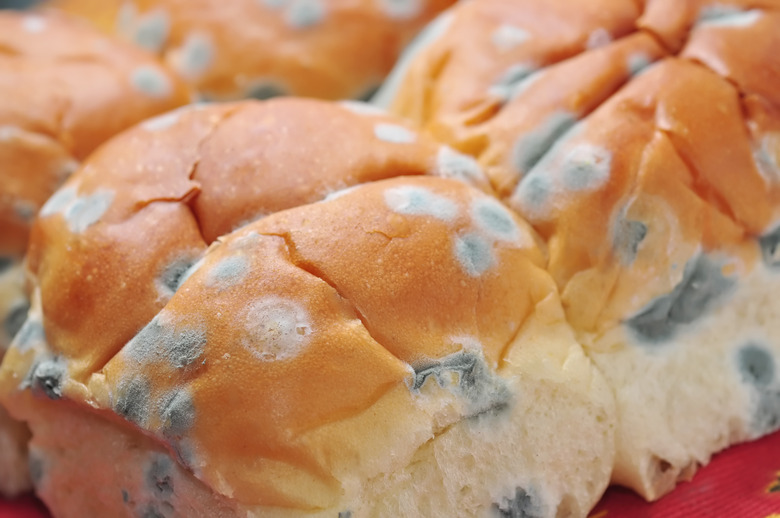Factors That Affect The Growth Of Microorganisms
Microorganisms are similar to more complex organisms in that they need a variety of materials from their environment to function and accomplish two primary goals–supply enough energy to manage their processes and extract building blocks to repair themselves or procreate. In addition to what they take in, microorganisms also thrive in particular environments. These environments vary as much as the organisms do themselves, and even the amount and distribution of elements in any particular environment can be very important. Scientists use this information to grow microorganisms in laboratories for experimentation.
Nutrients
Nutrients
All microorganisms need food. The food sources can vary, but the organisms primarily extract carbon and nitrogen from substances such as proteins, fats and carbohydrates. Some microorganisms seek out and absorb such particles. Others may perform chemical reactions with surrounding elements such as carbon dioxide to gain what they need, while still others can produce their own simple sugars through photosynthesis similar to plants. Nitrogen, which is used to synthesize proteins, can be taken from the surrounding atmosphere or from other organic matter.
Temperature
Temperature
In general, the higher the temperature, the more easily microorganisms can grow up to a certain point. Very high and very low temperatures both obstruct the enzyme processes microorganisms depend on to survive, but individual species of microorganisms have grown to prefer different levels of temperature. Scientists usually divide them into three different groups: psychrophiles, mesophiles and thermophiles. Psychrophiles prefer temperatures from 0 to 5 degrees Celsius; mesophiles like it in the middle, 20-45 degrees Celsius; and thermophiles like it hot, thriving in temperatures around or above 55 degrees.
pH Levels
pH Levels
Microorganisms also prefer a certain pH level in the substance or environment in which they grow–that is, they prefer to have particular acidic qualities in their surroundings. Most microorganisms, including most human pathogens, are neutriphils, organisms that prefer a neutral pH level. Some like high pH levels, but most often, if conditions are too acidic, then the organism's enzymes break down.
Moisture
Moisture
The free flow of water is vital to microorganisms for their cells to exchange materials and for their metabolic processes. All microorganisms require some level of water, but a few can survive in low-moisture conditions by conserving all the water they find and by staying in a moisture-rich environment. As a general rule, though, the more moisture, the more microorganisms there will be found.
Elements Present
Elements Present
In addition to water, microorganisms usually require the presence of certain elements in the air–gases that they absorb to produce needed nutrients. Nitrogen is one necessary element, as is oxygen. There are many microorganisms that require an oxygen-rich environment to survive, but others actually flourish in low-oxygen surroundings. Between these two extremes is a wide variety that may prefer more or less oxygen and that will be able to flourish equally no matter how much oxygen is present.
References
Cite This Article
MLA
Lacoma, Tyler. "Factors That Affect The Growth Of Microorganisms" sciencing.com, https://www.sciencing.com/factors-affect-growth-microorganisms-5299917/. 24 April 2018.
APA
Lacoma, Tyler. (2018, April 24). Factors That Affect The Growth Of Microorganisms. sciencing.com. Retrieved from https://www.sciencing.com/factors-affect-growth-microorganisms-5299917/
Chicago
Lacoma, Tyler. Factors That Affect The Growth Of Microorganisms last modified August 30, 2022. https://www.sciencing.com/factors-affect-growth-microorganisms-5299917/
